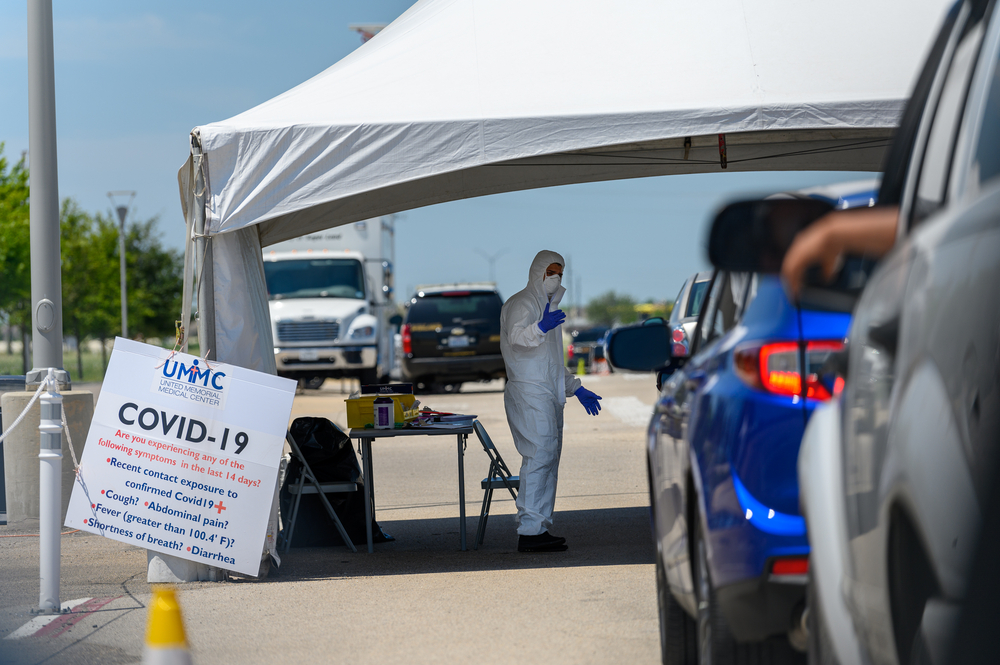We are entering the hurricane, tornado, and wildfire season. And it’s expected to be an active one this year. Severe drought conditions in the Northwest are anticipated to drive another active wildfire season. And the National Oceanic and Atmospheric Administration (NOAA) is predicting a 60 percent chance that our nation faces a particularly active and intense hurricane season.
But this year’s hurricane season – which has generated named storms much earlier in the calendar year than anticipated – isn’t the only thing that’s out of the ordinary. Simply turn on the news and you’ll see that we’re dealing with unprecedented times.
If our nation was impacted by a major hurricane tomorrow, those that would be responsible for responding to that hurricane would be doing so during a global pandemic. That same COVID-19 pandemic that has already taxed our nation’s communications and healthcare networks and resources.
When these disasters hit, government agencies that are working with an already-taxed infrastructure will still be expected to respond effectively and in a timely, coordinated fashion. And to accomplish that, they’ll need tools that enable communications and situational awareness – even if already-taxed terrestrial networks fail.
Recently, experts from SES Space and Defense, Verizon, and goTenna sat down with Government Technology Insider’s Ryan Schradin to talk about the ways in which the COVID-19 pandemic could make this upcoming hurricane and wildfire season one of the most challenging ever for emergency responders. During their virtual panel discussion, they explained the role that communications networks play in enabling a coordinated, effectual emergency response, and how technologies like SATCOM and mobile mesh networking can help ensure communications even when multiple emergencies are raging simultaneously.
Click the play button below to hear their entire discussion.
